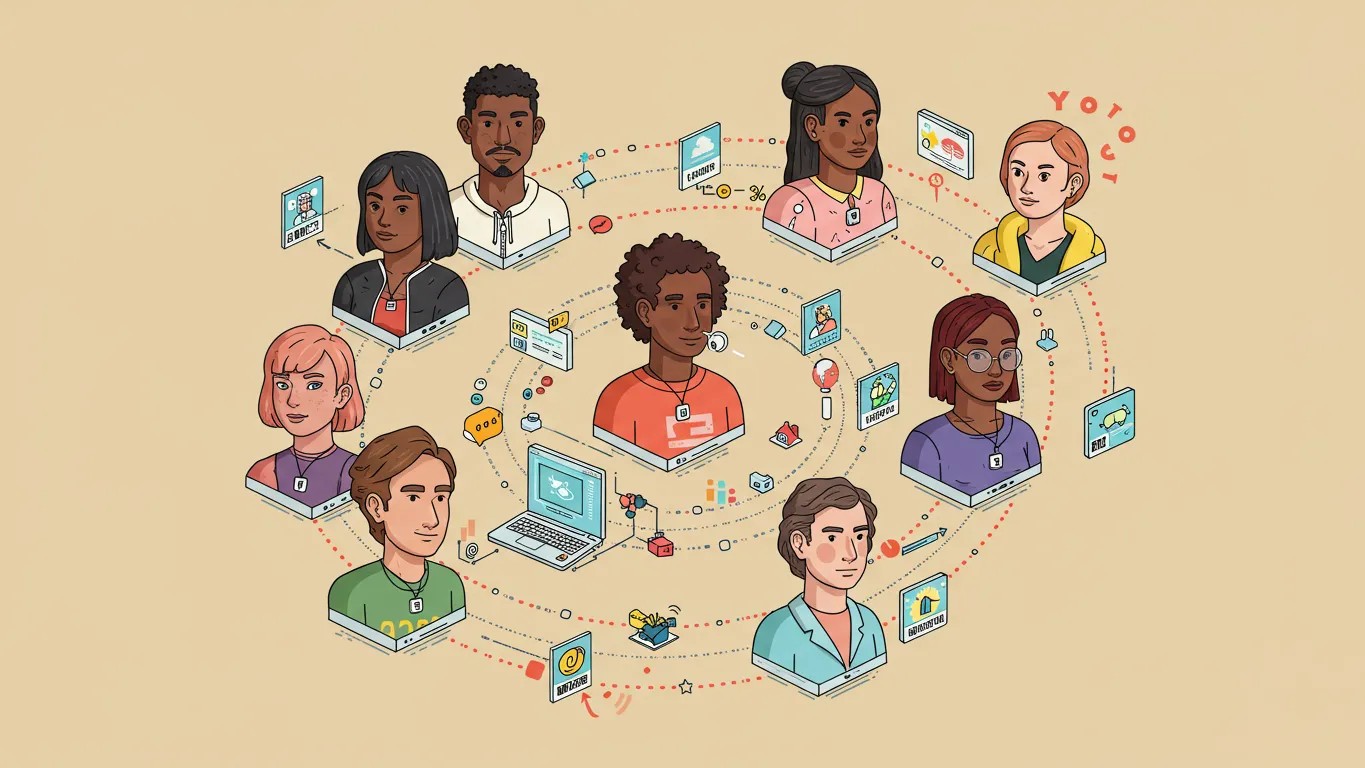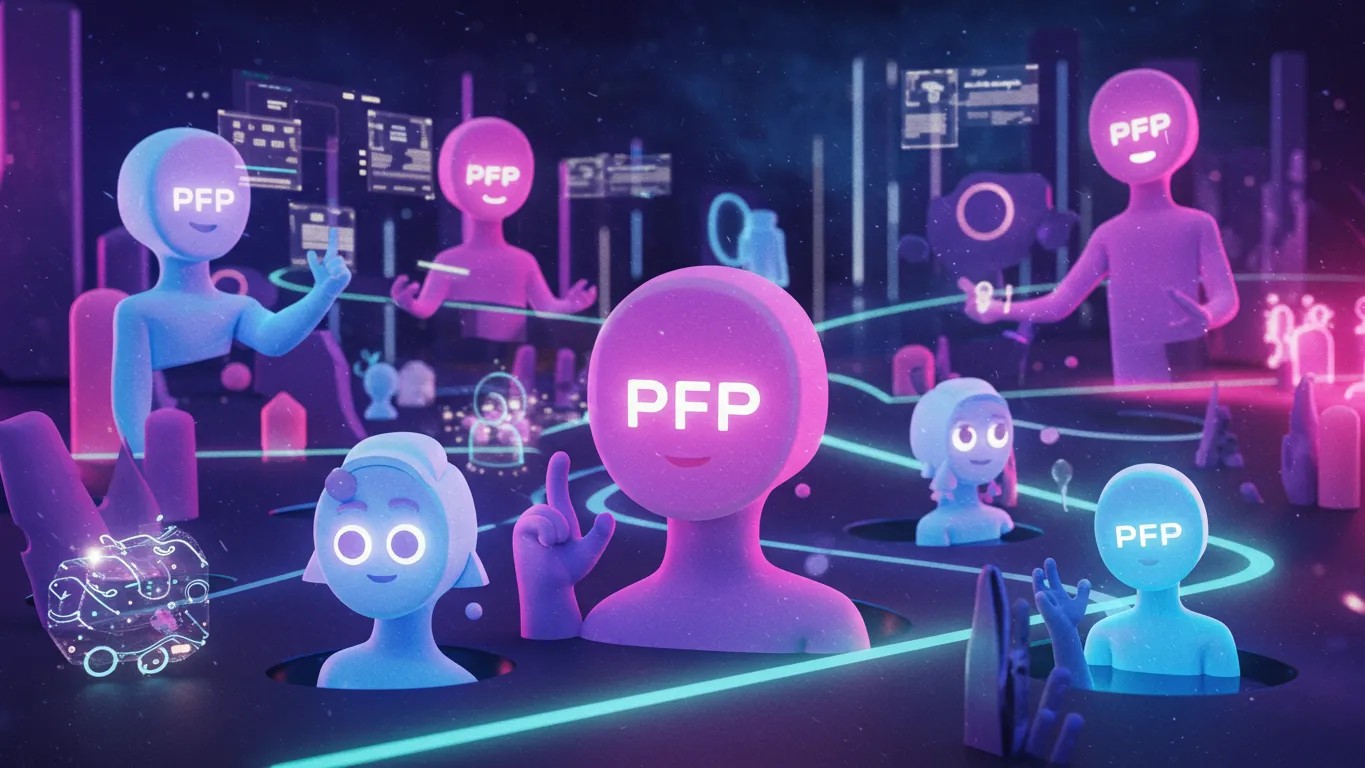Digital Identity Revolution: Unleashing Web3 Personalization

The Importance of Personalization in the Digital World
In today’s rapidly evolving digital landscape, personalization has become a cornerstone of user experience. With the advent of Web3, the way we establish and express our digital identity is undergoing a profound transformation. Personalization not only empowers individuals to curate unique online personas but also drives innovation across decentralized platforms.
This shift is largely facilitated by two pivotal elements: PFP avatars, which provide a unique and artistic expression of identity, and the robust infrastructure of the Parallel Ecosystem, which underpins these advancements. Together, they are redefining how we interact with digital environments.
PFP / Avatar – Crafting Unique Digital Identities
PFP (Profile Picture) avatars have emerged as a dynamic medium for personal expression in Web3. These digital portraits allow users to showcase their individuality, creativity, and affiliations within vibrant online communities. The evolution of PFP art reflects broader trends in digital identity, where art and technology intersect.
Insights from experts in the digital avatar sector reveal that these unique representations are not only aesthetic statements but also functional assets in building trust and community within decentralized networks.
Main Trends in PFP Avatars
Some of the key trends driving the popularity of PFP avatars include:
- Artistic Uniqueness: Each avatar is often one-of-a-kind, reflecting the individuality of its owner.
- Community Engagement: Avatars serve as a badge of identity, fostering a sense of belonging within niche groups.
- Interoperability: They are increasingly being integrated across multiple platforms, enhancing digital connectivity.

Case Studies and Practical Examples
Numerous projects have successfully leveraged PFP avatars to create vibrant online communities. For example, several NFT collections have turned simple digital portraits into highly sought-after collectibles, influencing both market trends and social interactions in the crypto space.
Parallel Ecosystem – The Technological Backbone for Personalization
The Parallel Ecosystem provides the essential technological infrastructure that supports and enhances digital personalization. By offering a scalable and interoperable network, it enables seamless integration of personalized digital assets into the broader Web3 framework.
Analysis from the Parallel Ecosystem sector highlights how its architecture is designed to handle high volumes of data while maintaining security and efficiency, thereby empowering creators and users alike.
Network Architecture and Capabilities
The Parallel Ecosystem is built upon a foundation of cutting-edge blockchain technology. Its key capabilities include:
- Interoperability: Facilitates seamless communication between different decentralized applications.
- Scalability: Supports high transaction throughput without sacrificing performance.
- Customizability: Offers developers flexible tools to create personalized user experiences.
Examples of Successful Implementation
Real-world applications of the Parallel Ecosystem are emerging across various sectors. Innovative projects have integrated its features to enhance user engagement and streamline digital transactions, setting new standards in personalized digital identity management.
The Impact of Personalization on Web3
The convergence of PFP avatars and the Parallel Ecosystem is driving a digital identity revolution in Web3. By enabling highly personalized experiences, these innovations are reshaping the way we interact online, blending creativity with technological sophistication.
As the digital world continues to evolve, personalization will remain a key differentiator. Its influence is set to redefine digital interactions and establish new paradigms for self-expression and community building in the decentralized future.